Boost Your Home’s Value with an Energy-Efficient HVAC System from Roth Heating & Air
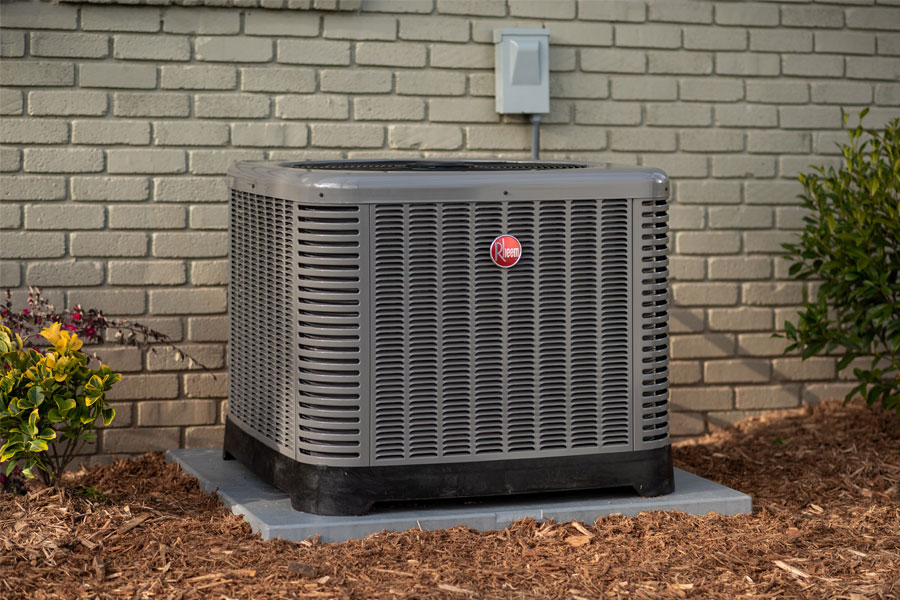
In today’s market, homebuyers are more informed and discerning than ever, placing high importance on sustainability and efficiency when considering new properties. One of the most effective ways to enhance your home’s value is by investing in an energy-efficient HVAC system. As heating and cooling systems account for about half of a typical home’s energy usage, upgrading your system can significantly impact both property value and appeal to potential buyers (Heating and cooling account for about half of a standard home’s energy usage). Roth Heating & Air, a trusted HVAC company in Wichita, KS, specializes in providing high-performance HVAC solutions that can transform your home’s efficiency and appeal.
Enhanced Property Value Through Modern HVAC Systems
Investing in a modern HVAC system can significantly enhance your home’s market value. Prospective buyers often prioritize homes with updated, energy-efficient systems, recognizing the long-term savings and reduced environmental impact. In fact, higher-efficiency HVAC equipment can cut energy use by 50% for electric heating and cooling systems (Higher-efficiency HVAC equipment can reduce energy use by 50% for electric heating and cooling systems.). This reduction in energy consumption not only lowers monthly utility bills but also positions your home as a smart, future-proof investment. As awareness of climate change grows, so too does the desirability of energy-efficient homes.
Attracting Eco-Conscious Buyers
Today’s real estate market is seeing an influx of eco-conscious buyers who prioritize sustainability. According to recent surveys, over 50% of real estate agents report that clients interested in purchasing homes have a keen interest in sustainability (“Over 50% of real estate agents have found clients looking to purchase a home express interest in sustainability.”) https://todayshomeowner.com/eco-friendly/guides/top-home-energy-efficiency-statistics/. By upgrading to an energy-efficient HVAC system, homeowners can make their properties more appealing to this growing demographic. These buyers are often willing to pay a premium for homes that offer energy savings and a smaller carbon footprint, ensuring your investment in a modern HVAC system translates to a faster sale and potentially higher offers.
Long-Term Cost Savings for Homeowners
An energy-efficient HVAC system offers substantial long-term cost savings. Homeowners can significantly reduce their energy bills by opting for a system that maximizes efficiency. One often overlooked aspect is the importance of duct sealing. Properly sealing ducts can enhance your heating and cooling system’s efficiency by 20% or more (Properly sealing ducts can improve your heating and cooling system’s efficiency by 20% or more.) . This improvement not only reduces energy waste but also leads to tangible savings on monthly utility bills. The initial investment in an upgraded HVAC system pays off over time through reduced energy expenses, making it a financially sound decision for homeowners.
Improved Home Comfort and Air Quality
Modern HVAC systems go beyond just heating and cooling; they are engineered to create a more comfortable living environment with consistent temperatures and humidity levels. This advanced climate control not only enhances comfort but also improves indoor air quality by incorporating advanced filtration technologies. These filters effectively remove allergens, dust, and other pollutants from the air, making your home healthier. Improved air quality is particularly beneficial for individuals with allergies or respiratory issues, offering a significant health advantage. As buyers become more aware of the importance of a healthy living environment, homes with high-performance HVAC systems that ensure both comfort and air quality are increasingly desirable.
The Role of Automated House Thermostats
Automated house thermostats represent a significant leap forward in HVAC technology, offering homeowners unmatched control over their home’s climate. These intelligent devices are designed to optimize your heating and cooling schedules based on your daily routines, ensuring that your home is always at the perfect temperature without wasting energy. By learning your habits and preferences, automated thermostats can adjust the temperature automatically, reducing the need for manual adjustments and cutting down on unnecessary energy use.
One of the key benefits of an automated house thermostat is its ability to enhance energy efficiency. By precisely regulating your home’s temperature, these smart devices help to minimize energy consumption, leading to lower utility bills. Additionally, many automated thermostats come equipped with remote access capabilities, allowing homeowners to control their HVAC systems from anywhere using a smartphone or tablet. This remote access is particularly useful for adjusting the temperature when you’re away from home, ensuring that your HVAC system operates only when needed.
Automated thermostats also offer features such as energy usage reports and maintenance reminders, providing valuable insights into your system’s performance and helping you maintain it in optimal condition. These features can alert you to potential issues before they become major problems, further enhancing the longevity and efficiency of your HVAC system.
By incorporating an automated house thermostat into your HVAC upgrade, you not only improve your home’s energy efficiency but also increase its market appeal. Homebuyers are increasingly looking for smart home features, and an advanced thermostat can make your property stand out in a competitive market. This investment in modern technology aligns with the growing demand for energy-efficient and convenient home solutions, making it a wise choice for any homeowner looking to boost their property’s value.
Trust Roth Heating & Air for Your HVAC Needs
Roth Heating & Air, with over sixty-nine years of experience, is your go-to partner for HVAC upgrades. Their expertise ensures that you get the most efficient system tailored to your home’s needs. They offer a wide range of high-performance HVAC solutions, including automated house thermostats, which enhance both energy efficiency and convenience. From initial consultation to installation, Roth Heating & Air provides a seamless process, guiding you every step of the way. Their commitment to quality and customer satisfaction guarantees that your investment in a new HVAC system will increase your home’s value and appeal. Choose Roth Heating & Air for a reliable, expert-driven approach to upgrading your home’s HVAC system.
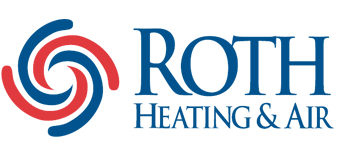
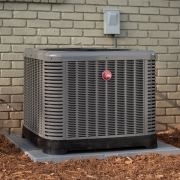 Roth Heating & Air
Roth Heating & Air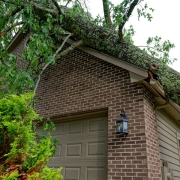 Roth Heating & Air
Roth Heating & Air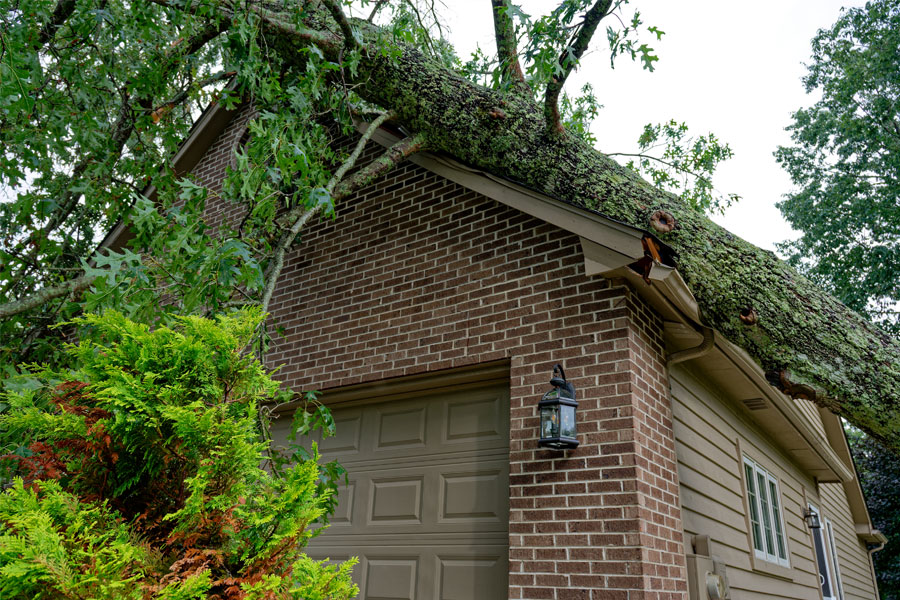
 Roth Heating & Air
Roth Heating & Air
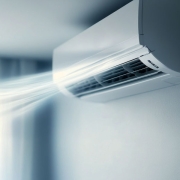 Roth Heating & Air
Roth Heating & Air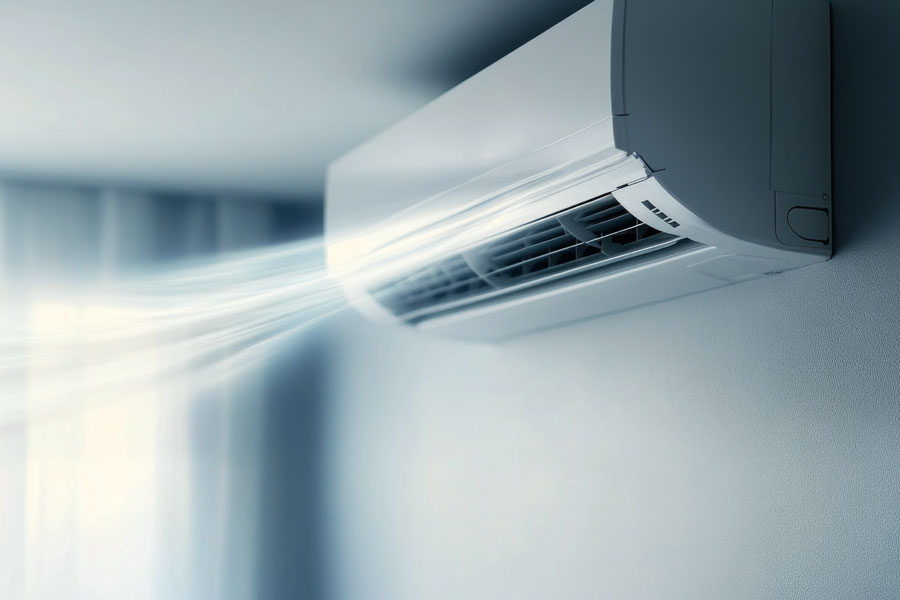
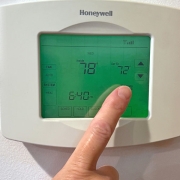 Roth Heating & Air
Roth Heating & Air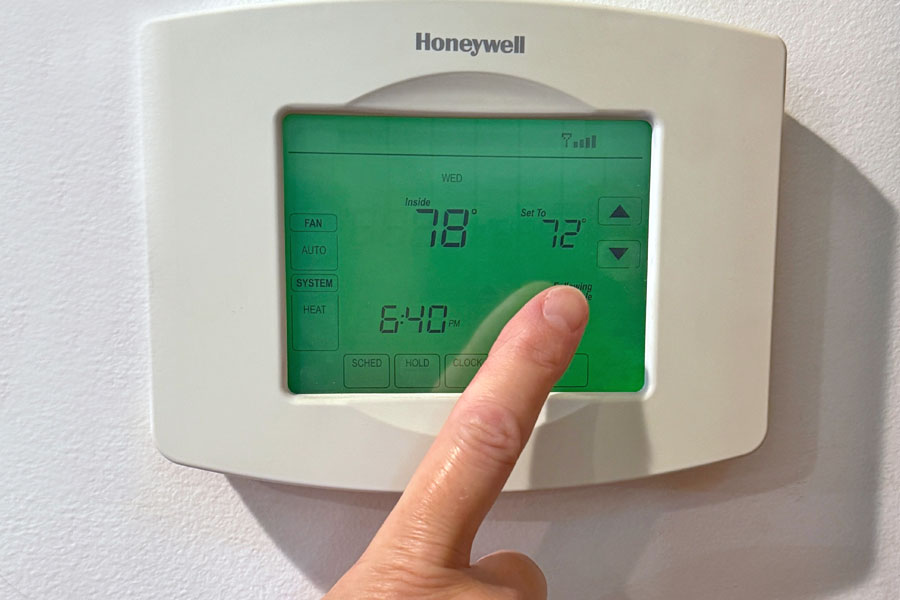
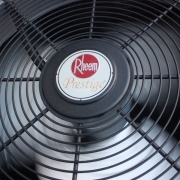 Roth Heating & Air
Roth Heating & Air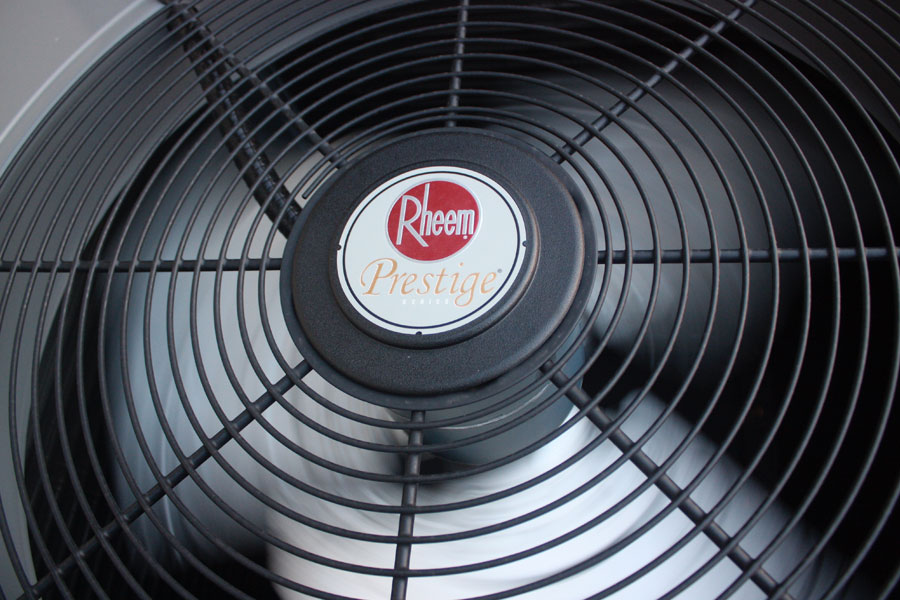
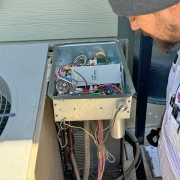 Roth Heating & Air
Roth Heating & Air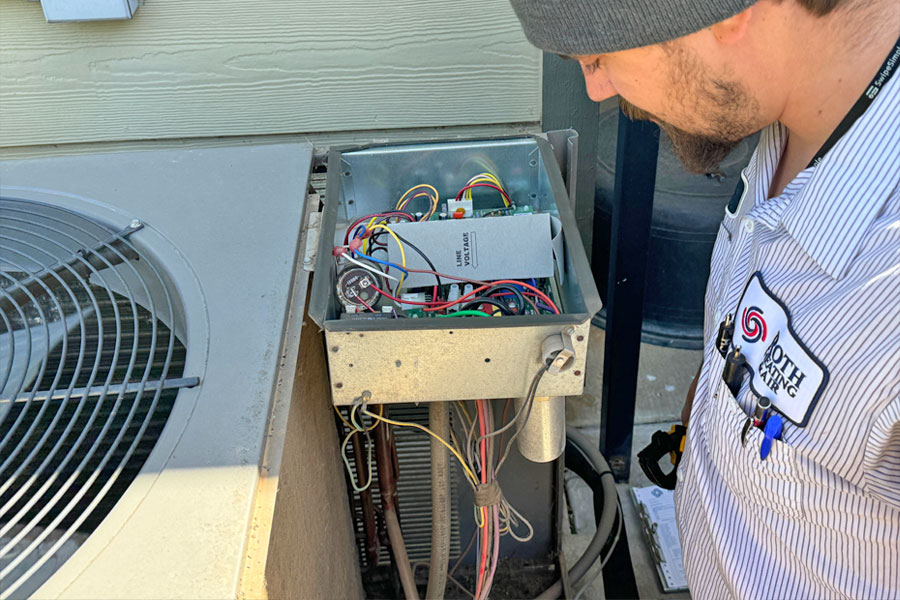
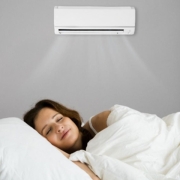
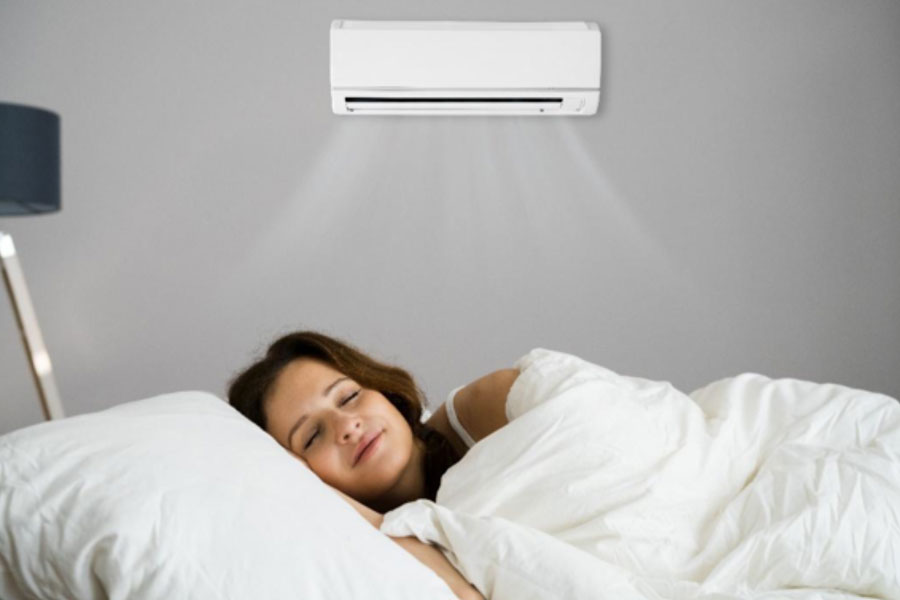
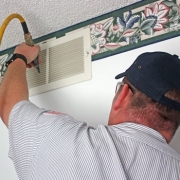
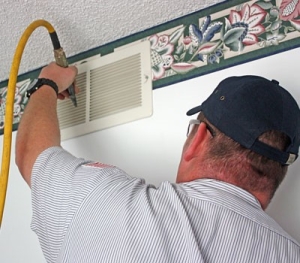
Follow Us!